| Commodity market today, March 29: Investment cash flow to agricultural market increased dramatically Commodity market today, April 1: Commodity price index increased by 6% in the first quarter |
According to the Vietnam Commodity Exchange (MXV), on the first day of April, 9 commodities listed on the LME, ICE EU and Singapore exchanges temporarily suspended trading for the Easter holiday. For the remaining 22 commodities, the overwhelming buying power in 3 groups including Industry, Energy and Metals, supported the MXV-Index to reverse and recover 0.48% to 2,248 points.
Although there were only 22 items traded yesterday, the total trading value of the entire Exchange still reached over VND5,900 billion, down nearly 4% compared to the previous day. In particular, cash flow was mainly concentrated in the agricultural and metal groups, accounting for over 80% of the total trading volume of the entire market.
Gas prices soar 4%, crude oil maintains 5-month peak
Natural gas led the gains across the commodity market yesterday. At the close, May natural gas futures on the NYMEX jumped more than 4% to a three-week high. According to MXV, signs of improved demand in Asia were the main factor driving buying interest in the commodity.
Specifically, the region's liquefied natural gas imports in March recorded the highest level compared to the same period in the past, reaching 24 million tons, up 12% over the same period last year, with demand mainly coming from major markets China, India and Japan.
Lower production also helped support gas prices. Gas production in the Lower 48 states fell to an average of 100.8 billion cubic feet per day (bcfd) in March from 104.8 bcfd in February, according to Reinfinitive data.
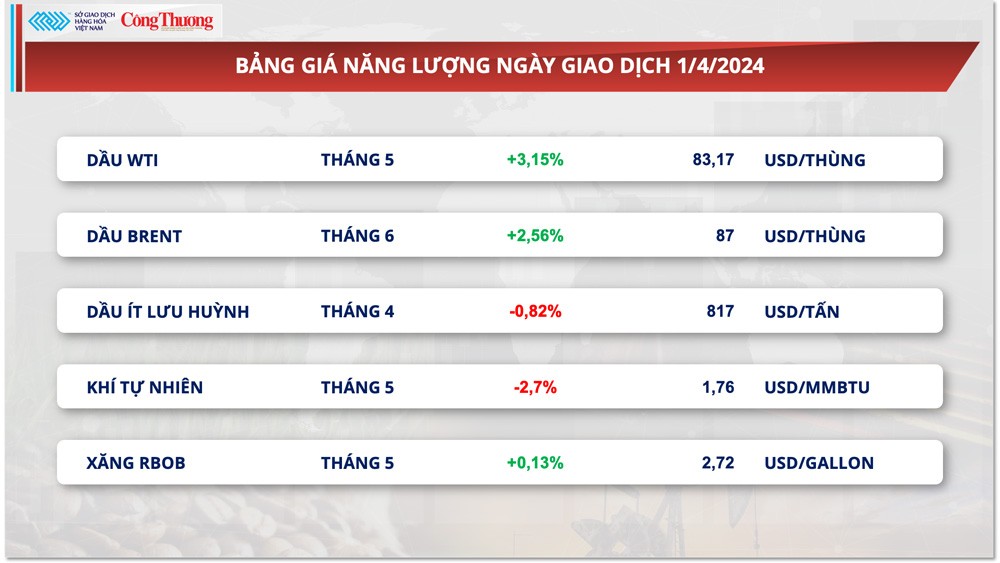 |
| Energy price list |
Meanwhile, oil prices continued to rise to a five-month high amid signs of tightening supplies. At the close of April 1, WTI crude oil prices increased by 0.65% to $83.71/barrel. Brent crude oil increased by 0.48% to $87.42/barrel.
According to a survey by Reuters news agency, oil production of the Organization of the Petroleum Exporting Countries (OPEC) decreased by 50,000 barrels/day compared to February to 26.42 million barrels/day in March. Before the impact of production cuts, the actual supply narrowed, pushing oil prices higher in the trading session.
The survey found that the biggest production declines in March came from Iraq and Nigeria, with Nigeria’s exports falling sharply to meet domestic supplies to the Dangote refinery. Other Gulf producers such as Saudi Arabia, Kuwait and the United Arab Emirates (UAE) all maintained output close to their voluntary cut targets.
In this context, Reuters also forecast that the world's largest oil exporter Saudi Arabia may raise the official selling price (OSP) for Arab Light crude exported to Asia in May after a sharp increase in Middle Eastern benchmark prices. This reflects the shortage in the market. The price could be up 20 to 30 cents per barrel from April, equivalent to a premium of about $2 to $2.30 per barrel over the Oman/Dubai benchmark.
In addition to supply, some positive macro signals also boosted buying power in the crude oil market. China's National Bureau of Statistics announced that China's manufacturing purchasing managers' index (PMI) reached 50.8 points in March, 0.7 points higher than forecast and up 1.7 points from the previous month. This marked the first time in five months that factory activity in China expanded.
Similarly, the US Institute for Supply Management (ISM) report showed that the US manufacturing purchasing managers index (PMI) for March 2024 unexpectedly reached 50.3 points, higher than the forecast of only 48.5 points and 47.8 points in February 2024. This boosted positive expectations for energy consumption in the world's two largest economies .
Corn prices weaken due to profit-taking
Corn prices closed lower on April 1, paring some of the surge seen late last week. MXV said the selling pressure was driven mainly by profit-taking pressure as the market resumed trading after the holidays. Overall, corn prices are still supported by the prospect of tighter US supplies following the 2024 Planting Outlook and Q1 US Inventories reports.
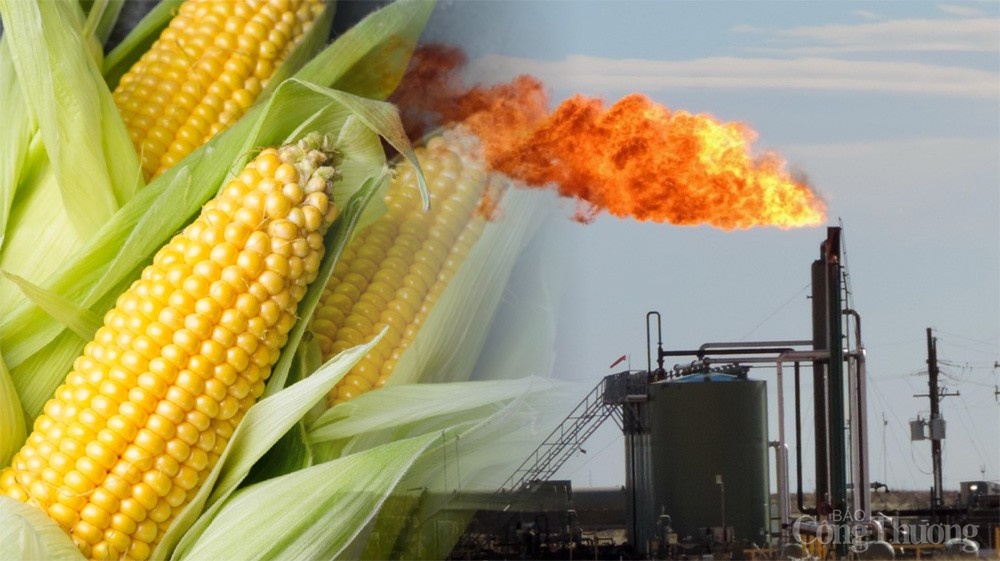 |
| Corn prices weaken due to profit-taking |
In addition, consulting firm StoneX lowered its forecast for Brazil’s 2023/24 second-crop corn output to 96.1 million tons, from 96.3 million tons previously. This information also contributed to limiting the decline in prices last night.
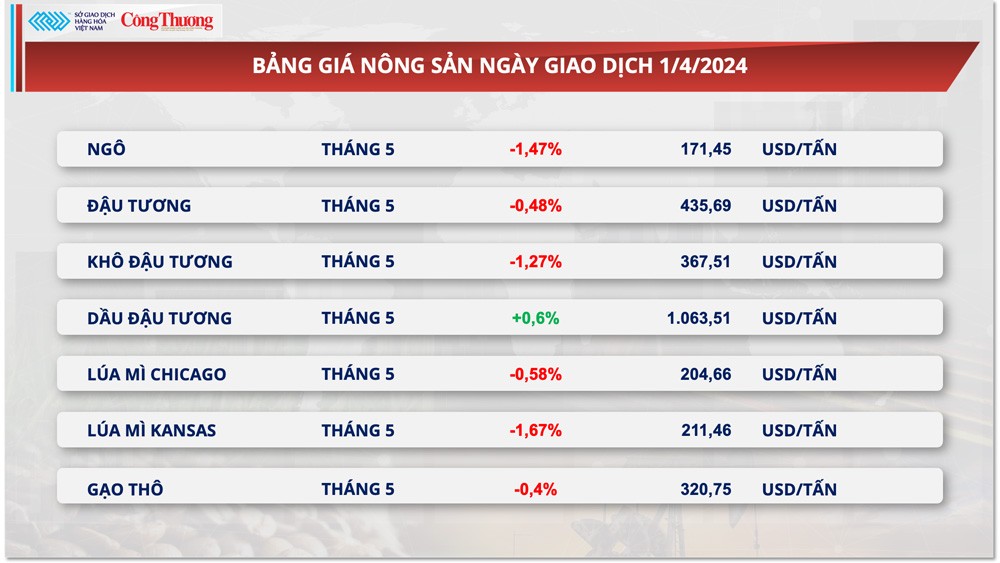 |
| Agricultural product price list |
Meanwhile, Chicago wheat prices closed slightly lower but still recorded a notable performance. The market was pressured in part by available inventory data and the US 2024 planting area exceeding expectations. In addition, strong Russian exports also contributed to the pressure on wheat prices.
Specifically, consulting firm Sovecon estimates that Russia's wheat exports will reach 4.9 million tons in March, up 19.5% from February. If confirmed, this will also be the highest monthly export volume since September last year and a record for March.
In contrast, geopolitical risks in the Black Sea region remained a short-term price support factor, pushing Russian wheat export prices higher last week. Specifically, the free-on-board price for wheat with 12.5% protein content at Russian Black Sea ports reached $208 per ton last week, up $3.5 per ton from the previous week, consultancy IKAR said. This helped wheat prices significantly narrow their losses before closing yesterday.
Prices of some other goods
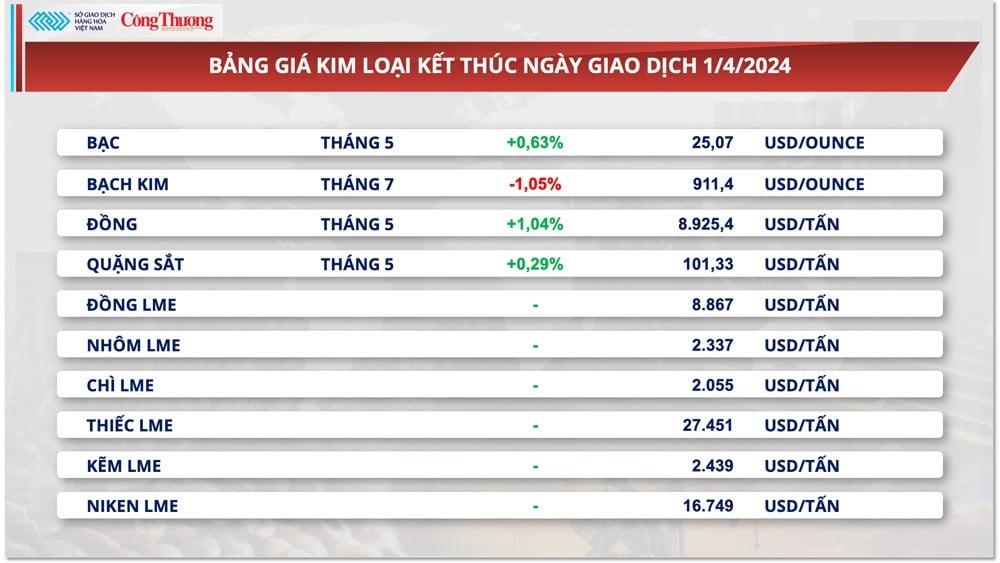 |
| Metal price list |
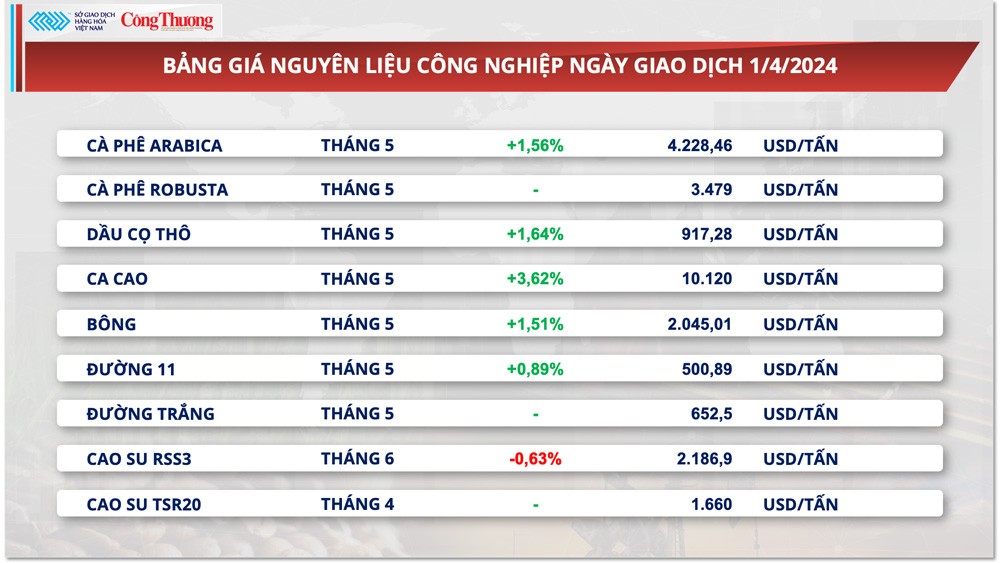 |
| Industrial raw material price list |
Source




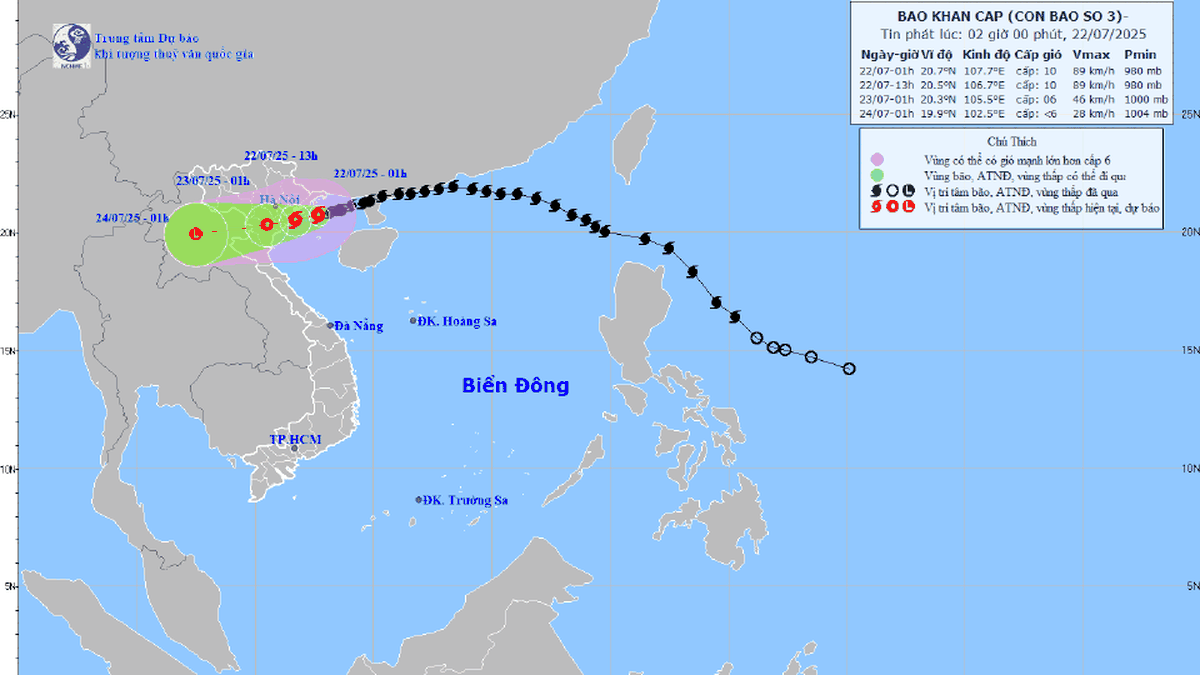


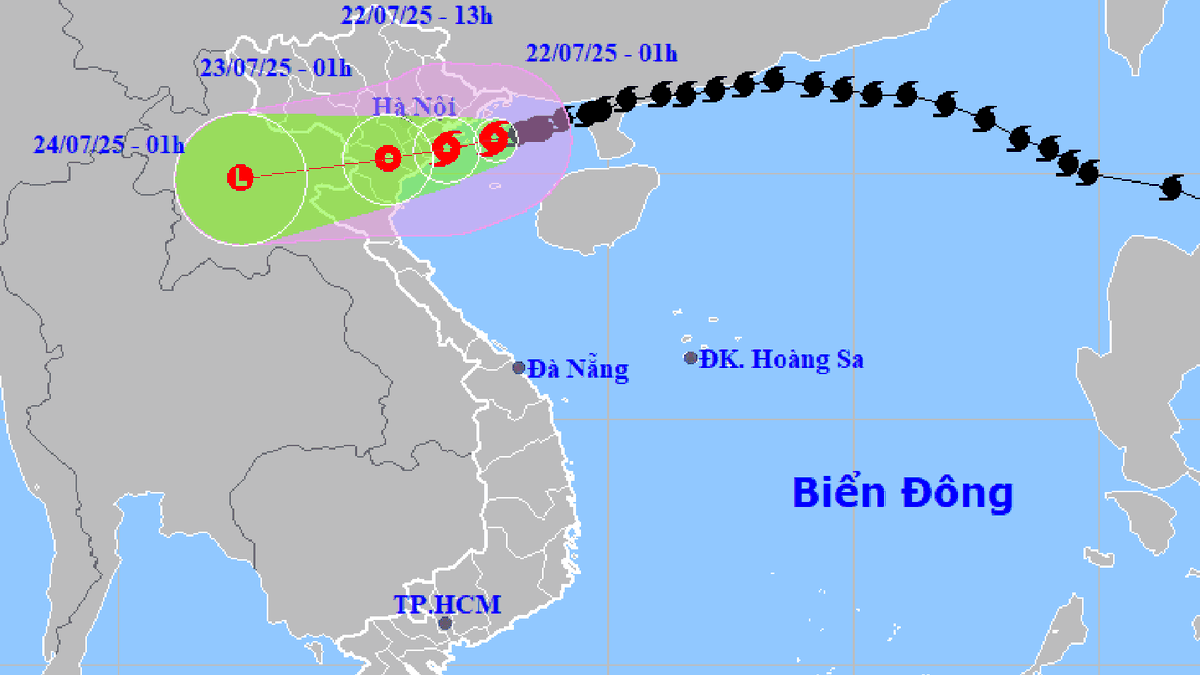
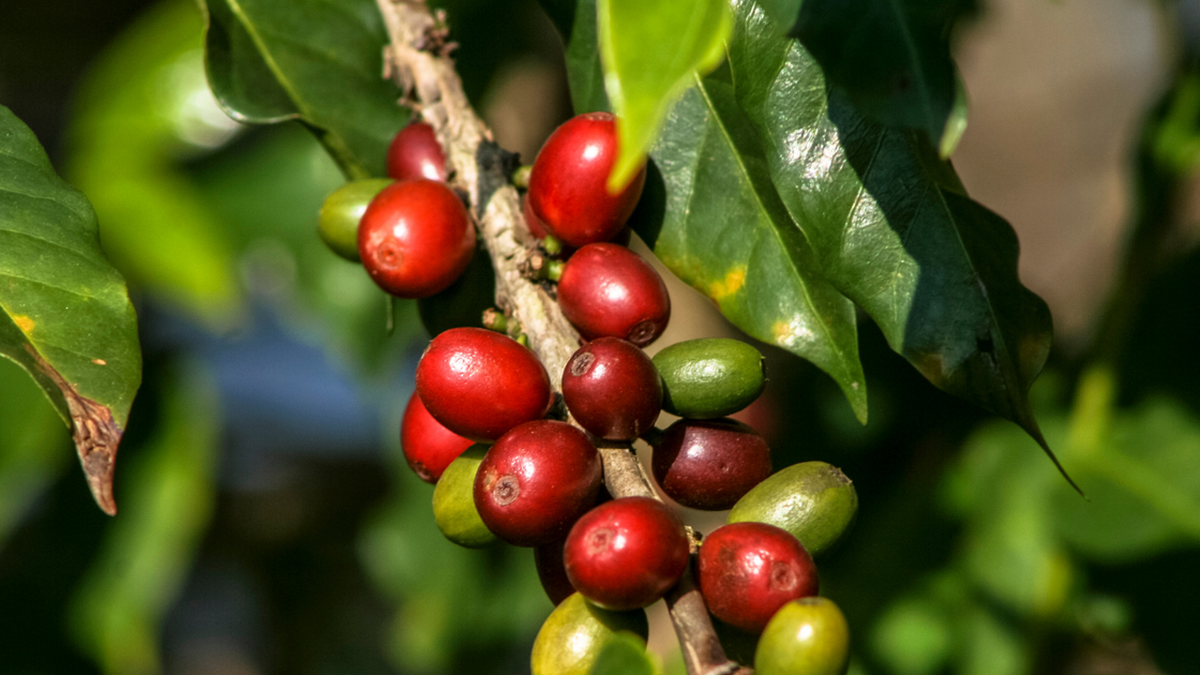


















![[Photo] National Assembly Chairman Tran Thanh Man visits Vietnamese Heroic Mother Ta Thi Tran](https://vphoto.vietnam.vn/thumb/1200x675/vietnam/resource/IMAGE/2025/7/20/765c0bd057dd44ad83ab89fe0255b783)










































































Comment (0)